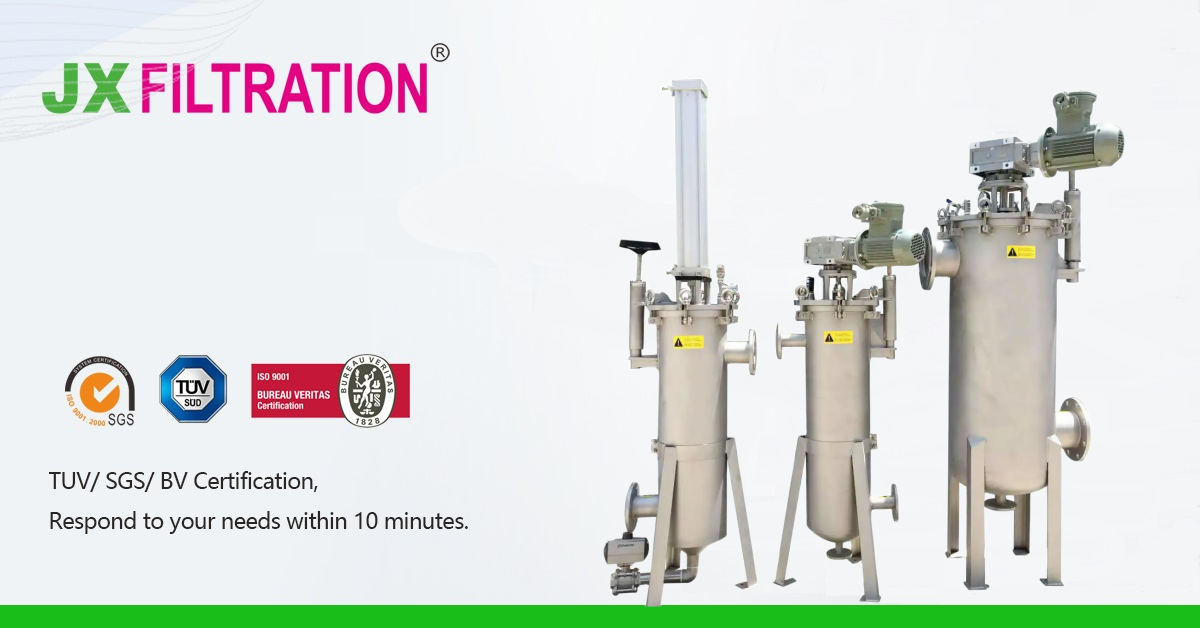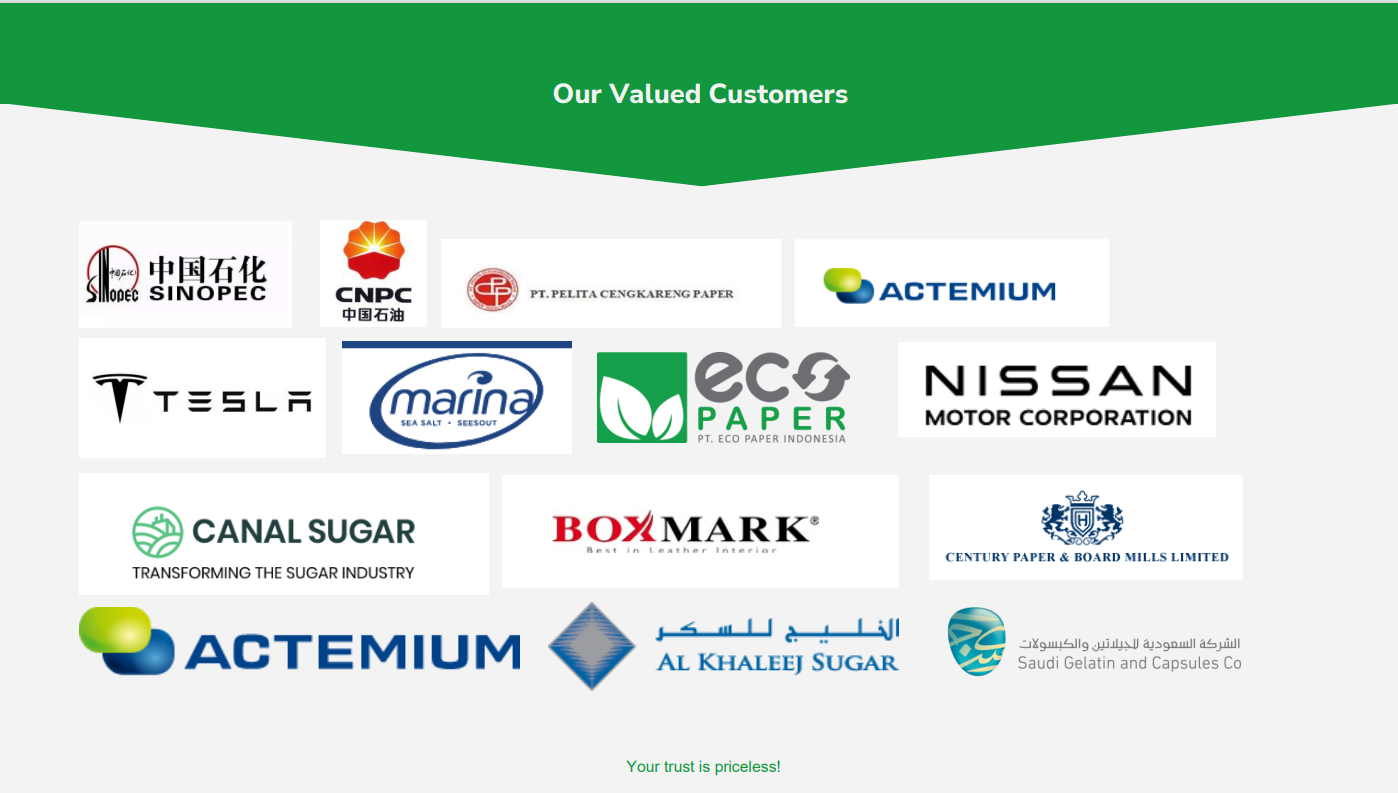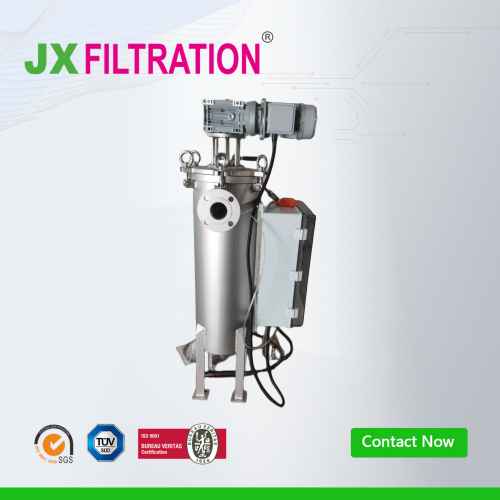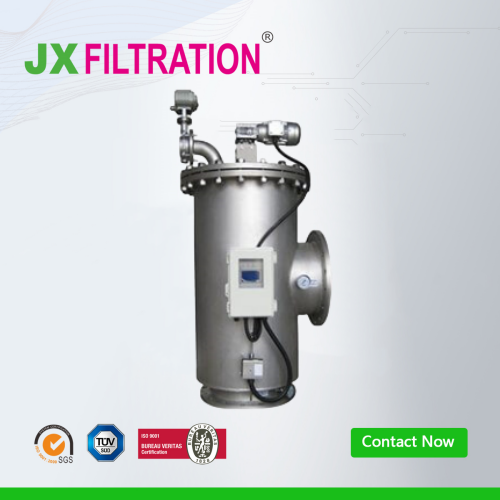What Are the Differences Between Self Cleaning and Backwash
When selecting filtration systems, it is important to understand the differences between self-cleaning filters (brush or suction type) and traditional backwash filters. The following comparison highlights the key distinctions:
Cleaning Method
Self-cleaning filters utilize mechanical brushing or suction to remove impurities, whereas backwash filters rely on water flushing in the opposite direction.
Power Source
Self-cleaning filters are driven by an electric motor, while backwash filters depend on system water pressure or require an additional external power source.
Filtration Precision
Self-cleaning filters generally offer higher precision, with a typical range of 50–800 μm and capable of reaching as fine as 20 μm. In contrast, backwash filters provide relatively lower precision, typically ranging from 100–3000 μm. They are less effective in cleaning finer filter elements.
Anti-Clogging Ability
Self-cleaning filters exhibit strong anti-clogging performance. Their mechanical action effectively removes viscous and oily contaminants. Backwash filters, however, are comparatively weaker; sticky or fibrous impurities may accumulate on the filter screen, reducing the effectiveness of backwashing.
Applicable Suspensions
Self-cleaning filters are suitable for sticky sludge, oily contaminants, fibrous matter, and substances prone to adhesion. Backwash filters, on the other hand, are better suited for granular impurities such as sand, rust, or substances that are easily detached from the filter medium.
System Pressure Requirements
Self-cleaning filters operate with low system pressure requirements, minimizing pressure loss during cleaning. Backwash filters require relatively higher and more stable system pressure to ensure effective backwashing flow.
Water Consumption
Self-cleaning filters consume less water, discharging only a few liters per cleaning cycle. In contrast, backwash filters use more water, with each backwashing cycle lasting 10–30 seconds and resulting in higher water discharge.
Representative Models
Typical self-cleaning filter designs include brush-type filters, scraper-type filters, and suction-type filters. Backwash filter designs include fully automatic backwash filters and manually operated backwash filters.
This comparison illustrates that self-cleaning filters are more suitable for applications involving viscous or sticky contaminants, where fine precision and lower water consumption are required. Backwash filters, while less precise, are effective for granular impurities and may be preferred in systems with stable water pressure and lower precision requirements.
Any Requirements, Contact Us Now!
Kris
Email/Teams: kris@filtrationchina.com
Mobile/Whatsapp/Wechat: +86 18980776200


